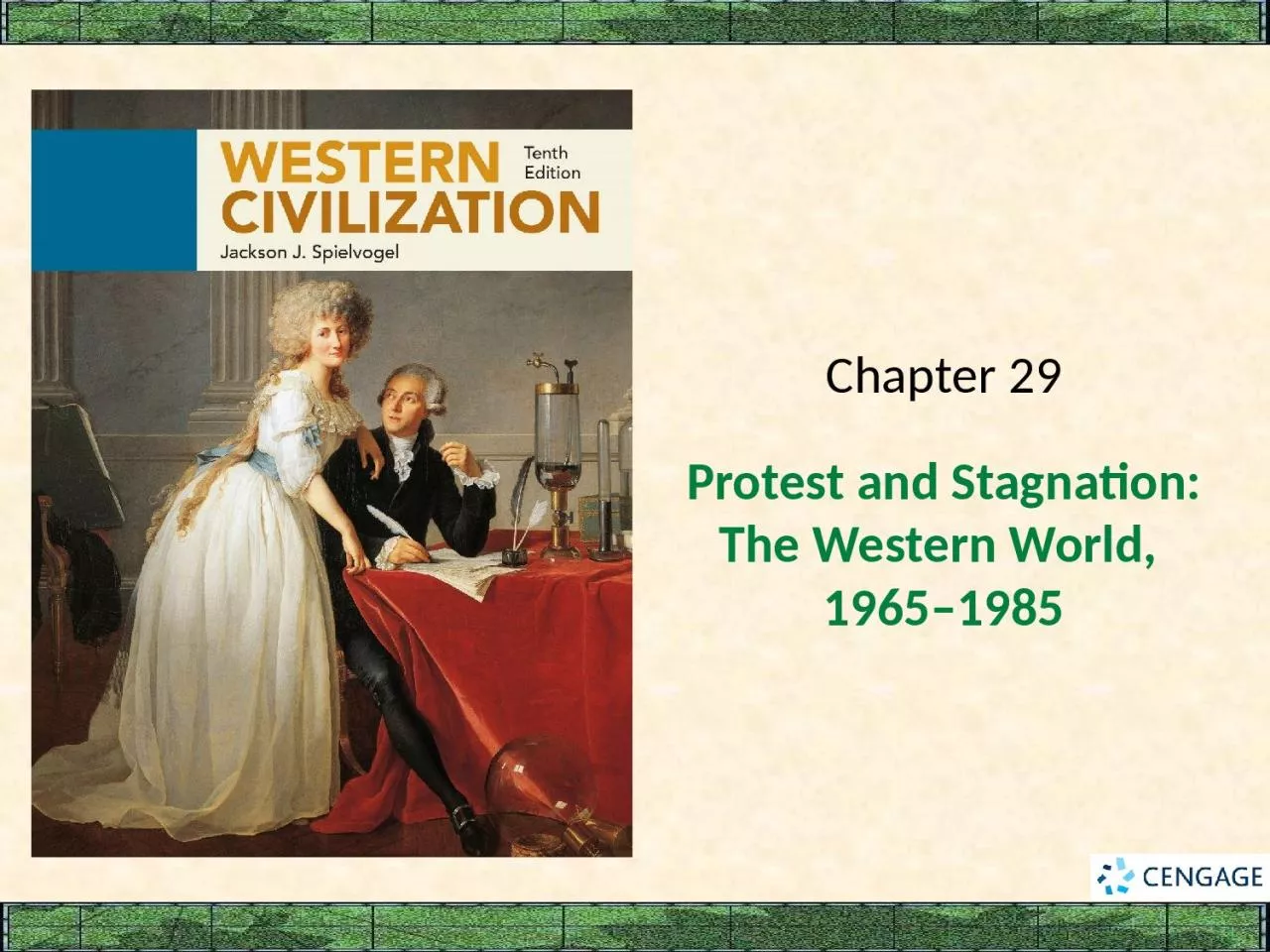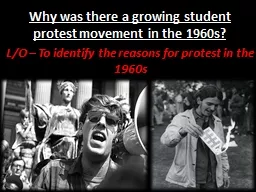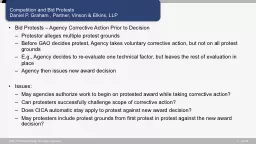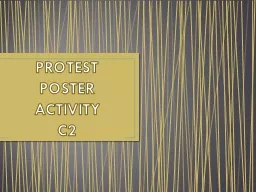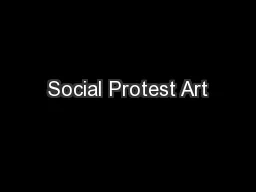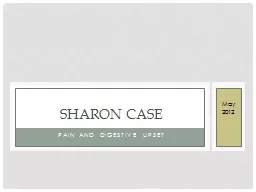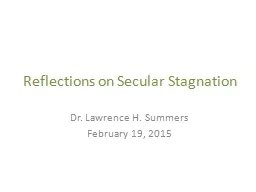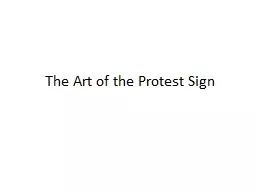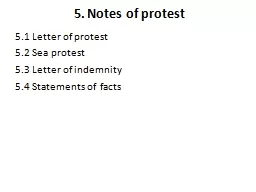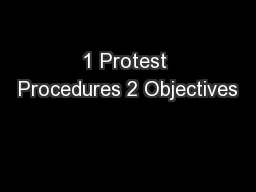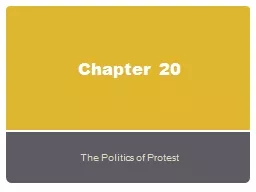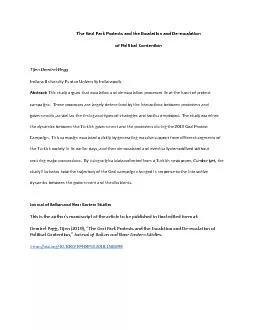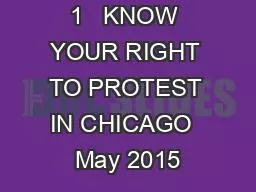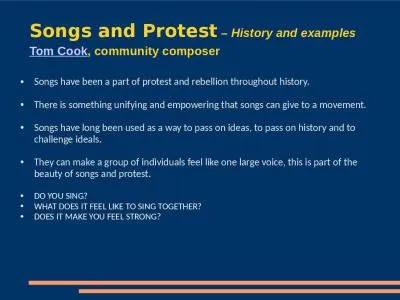PPT-Chapter 29 Protest and Stagnation:
Author : roberts | Published Date : 2024-03-13
The Western World 19651985 Focus Questions What were the goals of the revolt in sexual mores the youth protests and student revolts the feminist movement and the
Presentation Embed Code
Download Presentation
Download Presentation The PPT/PDF document "Chapter 29 Protest and Stagnation:" is the property of its rightful owner. Permission is granted to download and print the materials on this website for personal, non-commercial use only, and to display it on your personal computer provided you do not modify the materials and that you retain all copyright notices contained in the materials. By downloading content from our website, you accept the terms of this agreement.
Chapter 29 Protest and Stagnation:: Transcript
Download Rules Of Document
"Chapter 29 Protest and Stagnation:"The content belongs to its owner. You may download and print it for personal use, without modification, and keep all copyright notices. By downloading, you agree to these terms.
Related Documents

